
Find Help
More Items From Ergsy search
-
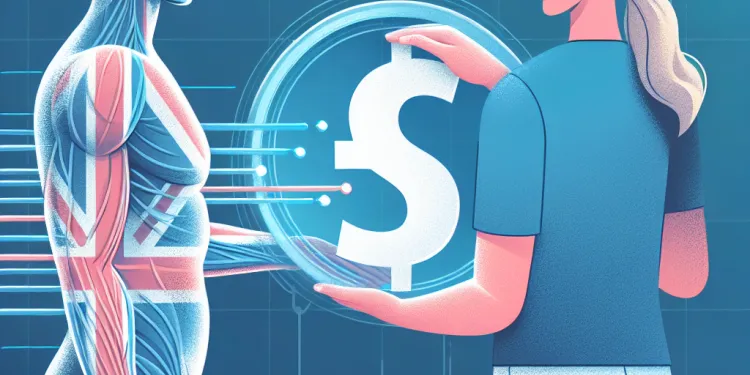
What is postherpetic neuralgia?
Relevance: 100%
-

What is postherpetic neuralgia?
Relevance: 99%
-
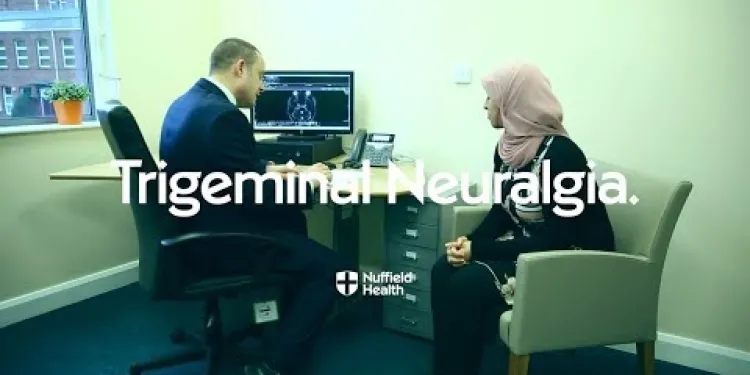
Trigeminal Neuralgia
Relevance: 52%
-

Are there any complications associated with shingles?
Relevance: 38%
-
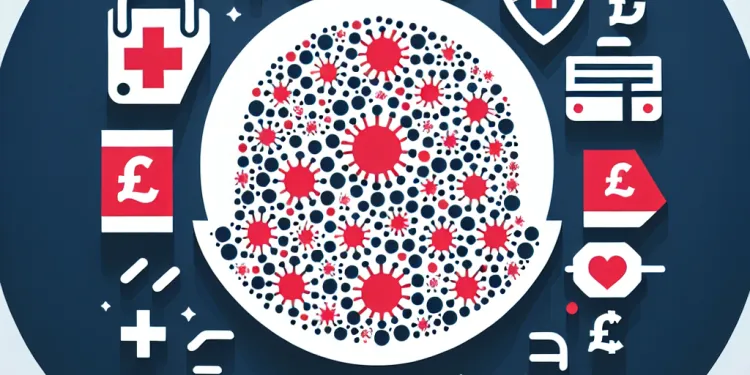
Are there any complications associated with shingles?
Relevance: 38%
-

What is shingles?
Relevance: 28%
-

What treatments are available for shingles?
Relevance: 27%
-

What is Shingles?
Relevance: 27%
-

What are the symptoms of shingles?
Relevance: 23%
-
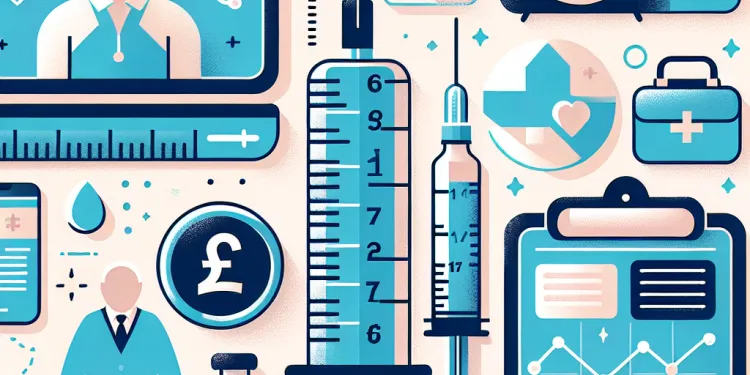
At what age should one get the shingles vaccine?
Relevance: 23%
-

What treatments are available for shingles?
Relevance: 22%
-
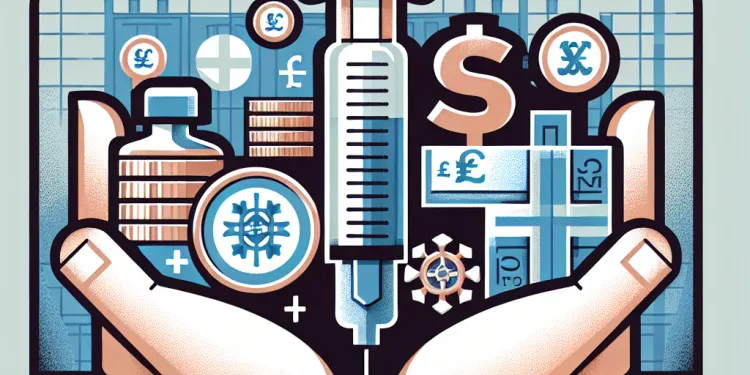
At what age should one get the shingles vaccine?
Relevance: 21%
-

How long does a shingles outbreak last?
Relevance: 18%
-
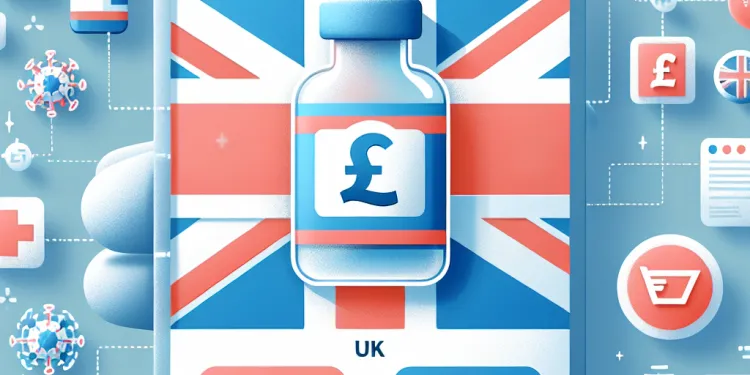
Is the shingles vaccine safe?
Relevance: 18%
-

How is shingles diagnosed?
Relevance: 18%
-
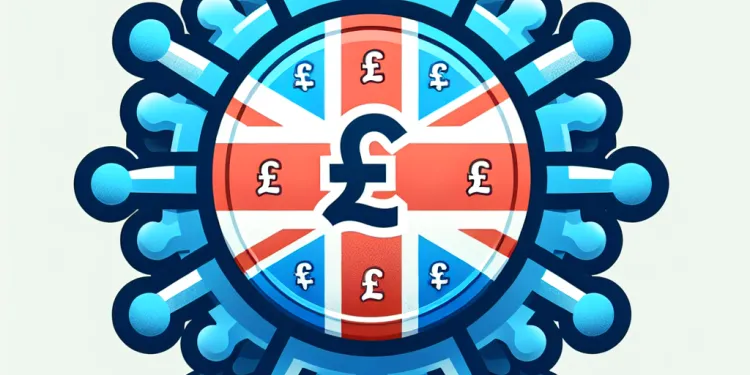
Can shingles be prevented?
Relevance: 16%
-

How long does a shingles outbreak last?
Relevance: 16%
-
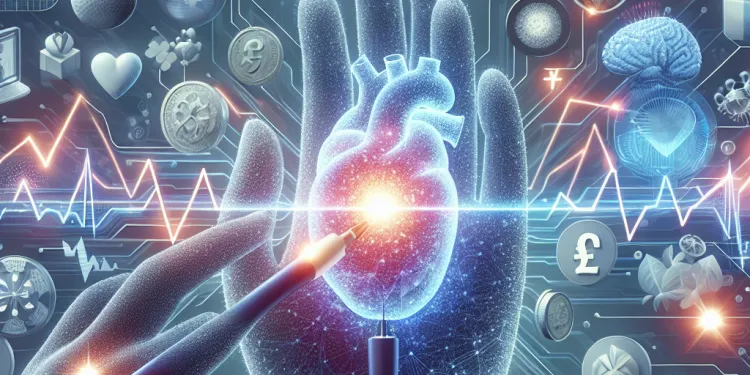
Can stress trigger shingles?
Relevance: 15%
-

Can the shingles vaccine cause chickenpox?
Relevance: 12%
-

Can you get chickenpox more than once?
Relevance: 12%
-
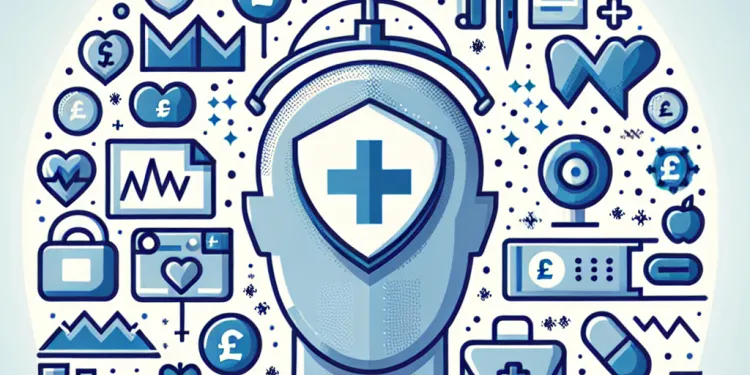
How is shingles diagnosed?
Relevance: 12%
-
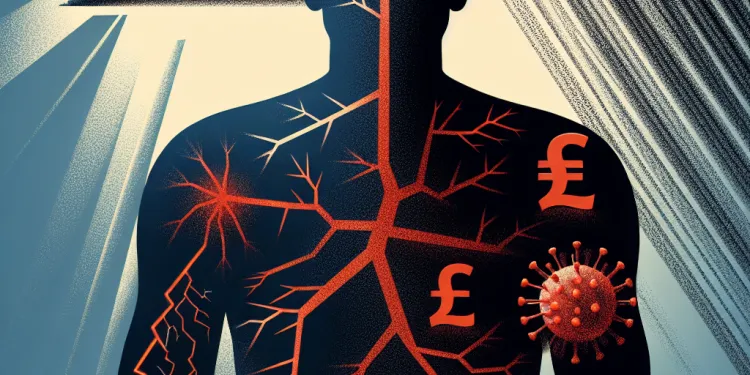
Can stress trigger shingles?
Relevance: 12%
-

Is shingles contagious?
Relevance: 7%
-
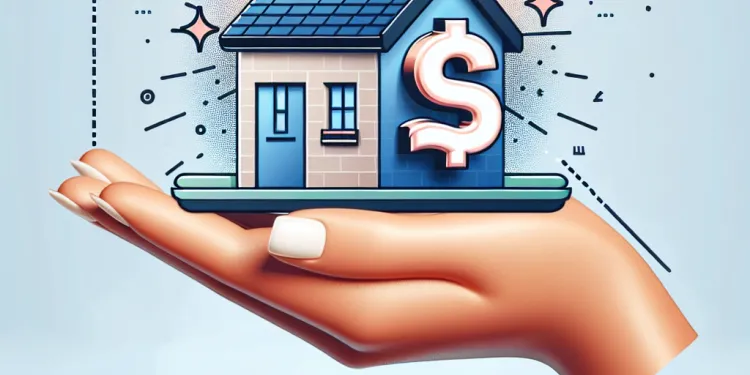
Is shingles contagious?
Relevance: 6%
What is Postherpetic Neuralgia?
Postherpetic neuralgia (PHN) is a complication of shingles, also known as herpes zoster. PHN is characterised by persistent nerve pain that occurs in the area where the shingles rash once appeared, even after the rash has healed. The condition results from nerve damage caused by the varicella-zoster virus, the same virus responsible for chickenpox. Once a person has recovered from chickenpox, the virus lies dormant in the body's nerve tissue and can reactivate years later, leading to shingles. Around 10-20% of people with shingles develop PHN.
Symptoms of Postherpetic Neuralgia
The primary symptom of postherpetic neuralgia is persistent pain in the area affected by the initial shingles outbreak. The pain can be severe and debilitating, often described as burning, stabbing, or aching. It may be constant or intermittent and can be exacerbated by light touch, changes in temperature, or stress. In addition to pain, some individuals may experience itching, numbness, or tingling in the affected area.
Risk Factors
Certain factors can increase the risk of developing postherpetic neuralgia. Age is a significant factor, with individuals over 50 being more susceptible. The severity of the initial shingles infection also plays a role; more severe rashes and pain during the acute phase of shingles are associated with a higher risk of PHN. Additionally, individuals with weakened immune systems, such as those with HIV/AIDS, cancer, or those taking immunosuppressive medications, are at greater risk.
Treatment Options
Various treatment options are available to manage the symptoms of postherpetic neuralgia. Over-the-counter pain relievers like paracetamol or ibuprofen may provide some relief, but prescription medications are often necessary for more severe cases. These can include anticonvulsants, antidepressants such as amitriptyline, and topical treatments like lidocaine patches. In some cases, opioid medications may be prescribed, although these are generally used with caution due to their potential for addiction and side effects.
Prevention
Preventing shingles is the most effective way to reduce the risk of postherpetic neuralgia. In the UK, the NHS offers a shingles vaccine to people in their 70s. The vaccine significantly reduces the likelihood of developing shingles and, consequently, postherpetic neuralgia. Receiving prompt treatment for shingles with antiviral medications can also help prevent complications, potentially lowering the risk of PHN.
Conclusion
Postherpetic neuralgia is a distressing condition that can significantly impact quality of life due to chronic pain. Understanding the risk factors and the importance of early treatment for shingles can help reduce the incidence of PHN. For those affected, a variety of treatments are available to manage symptoms and improve day-to-day functioning. If you suspect you have shingles or are experiencing persistent pain following an outbreak, it's advisable to seek medical attention for appropriate diagnosis and management.
What is Postherpetic Neuralgia?
Postherpetic neuralgia, or PHN, is a problem that can happen after shingles. Shingles is an illness also called herpes zoster. PHN causes nerve pain where the shingles rash was, even after it goes away. This happens because a virus called the varicella-zoster virus hurts the nerves. This is the same virus that causes chickenpox. After chickenpox, the virus stays quiet in the body's nerves and can wake up many years later to cause shingles. About 10 to 20 out of 100 people with shingles get PHN.
Symptoms of Postherpetic Neuralgia
The main sign of postherpetic neuralgia is pain where the shingles rash was. This pain can be very strong, like burning or stabbing. It might hurt all the time or just sometimes. It can get worse if someone touches the area, if the temperature changes, or if the person is stressed. Besides pain, some people might feel itching, numbness, or tingling in the same area.
Risk Factors
Some things make it more likely to get postherpetic neuralgia. Being older than 50 makes it more likely. If the shingles rash was very bad or painful, PHN is more likely. People with weak immune systems, like those with illnesses such as HIV/AIDS or cancer, or those taking certain medicines, are also more at risk.
Treatment Options
There are different ways to help with the pain of postherpetic neuralgia. Simple pain medicines like paracetamol or ibuprofen can help a bit, but stronger medicines from a doctor are often needed. These can include medicines for nerve pain and creams or patches for the skin. Sometimes doctors give stronger pain medicines, but they are careful because these can cause addiction and side effects.
Prevention
The best way to stop postherpetic neuralgia is to prevent shingles. In the UK, people in their 70s can get a vaccine for shingles. This vaccine makes it much less likely to get shingles and PHN. Also, getting quick treatment for shingles with special virus medicines can help stop problems like PHN.
Conclusion
Postherpetic neuralgia can cause a lot of pain and affect life. Knowing what makes it more likely and getting early shingles treatment can help stop PHN. There are treatments to help those with PHN feel better and live well. If anyone thinks they have shingles or pain from it, they should see a doctor to get help and treatment.
Frequently Asked Questions
What is postherpetic neuralgia?
Postherpetic neuralgia is a condition where pain persists in the area affected by shingles, even after the shingles rash has healed.
What causes postherpetic neuralgia?
Postherpetic neuralgia is caused by nerve damage from the varicella-zoster virus, which also causes shingles and chickenpox.
Who is at risk of developing postherpetic neuralgia?
Older adults, particularly those over 60, and individuals with weakened immune systems are at higher risk.
What are the symptoms of postherpetic neuralgia?
Symptoms include persistent burning or aching pain, sensitivity to touch, and itching in the affected area.
How long does postherpetic neuralgia last?
The pain can last for months or even years, varying greatly between individuals.
Is there a cure for postherpetic neuralgia?
There is no cure, but treatments are available to manage and reduce the symptoms.
What treatments are available for postherpetic neuralgia?
Treatments include medications like anticonvulsants, antidepressants, topical patches, and nerve blocks.
Can postherpetic neuralgia be prevented?
Vaccination against shingles can reduce the risk of developing postherpetic neuralgia.
How is postherpetic neuralgia diagnosed?
Diagnosis is based on the history of shingles and the presence of persistent nerve pain.
What is the difference between shingles and postherpetic neuralgia?
Shingles is a viral infection that causes a painful rash, while postherpetic neuralgia is persistent nerve pain that follows shingles.
Are there any lifestyle changes that can help with postherpetic neuralgia?
Yes, managing stress, maintaining a healthy lifestyle, and applying heat or cold packs might help relieve symptoms.
Is physical therapy effective for postherpetic neuralgia?
Physical therapy can sometimes help by improving function and reducing pain via exercises and modalities.
Why is postherpetic neuralgia more common in older adults?
Older adults have a higher risk due to age-related decline in immune function and nerve health.
Can postherpetic neuralgia occur without a history of shingles?
Postherpetic neuralgia occurs only after a shingles outbreak, as the nerve damage results from the same virus.
What over-the-counter medications help with postherpetic neuralgia?
Over-the-counter pain relievers like acetaminophen or ibuprofen can provide some relief, but stronger medications might be necessary.
Is acupuncture an option for postherpetic neuralgia?
Acupuncture may offer relief for some patients, but results can vary and it should be considered as part of a broader treatment plan.
Does diet affect postherpetic neuralgia?
A balanced diet that supports overall health may aid in managing symptoms, though specific dietary changes are not a primary treatment.
Can stress worsen postherpetic neuralgia symptoms?
Stress can exacerbate pain and discomfort, so managing stress levels is often recommended.
Are there any experimental treatments for postherpetic neuralgia?
Research is ongoing, and some experimental treatments are being explored, but they should only be pursued under medical supervision.
How does the shingles vaccine help prevent postherpetic neuralgia?
The shingles vaccine reduces the likelihood of developing shingles, thereby decreasing the risk of postherpetic neuralgia.
What is postherpetic neuralgia?
Postherpetic neuralgia is a big word for a pain that happens after a person has shingles. Shingles is a skin rash from a virus. Sometimes, even after the rash goes away, the pain stays.
The pain feels like burning or aching in the area where the rash was.
It can last a long time, but there are medicines that can help.
If this feels too hard, using pictures or audio can help understand better.
Postherpetic neuralgia is when the pain stays in the spot where you had shingles, even after the rash is gone.
What causes postherpetic neuralgia?
Postherpetic neuralgia can happen after you have shingles. Shingles is a rash that can hurt a lot. Some people keep feeling pain even after the rash is gone. This lasting pain is called postherpetic neuralgia.
Why does this happen? The virus that causes chickenpox and shingles can hurt your nerves. This nerve damage can make you feel pain even after the rash goes away.
If you or someone you know has trouble with this pain, it might help to talk to a doctor. Reading or seeing a friendly doctor can sometimes make things less scary.
Postherpetic neuralgia is pain that happens when nerves get hurt by the virus called varicella-zoster. This virus also makes shingles and chickenpox happen.
If reading is hard, you can ask someone to read this for you. You can also use tools that read text out loud, like text-to-speech apps.
Who can get postherpetic neuralgia?
People older than 60 years and people who get sick easily are more in danger.
What are the signs of postherpetic neuralgia?
Postherpetic neuralgia (PHN) is pain after having shingles.
Here are signs to look for:
- Skin hurts a lot, even if you just touch it softly.
- Pain doesn't go away, even after weeks or months.
- Burning, sharp, or stabbing pain.
- Skin feels itchy or numb.
- Hard to sleep because of the pain.
If you have these signs, talk to a doctor.
Some ways to help are:
- Use cool packs or creams to feel better.
- Take medicine that the doctor gives.
- Stay relaxed and rest.
- Try deep breathing or calm music.
You might feel a burning or aching pain that won't go away. The area might also hurt when you touch it, and it might feel itchy.
How long does the pain from shingles last?
The pain from shingles is called postherpetic neuralgia. It can last for a while.
Some people feel better in a few weeks. For others, it might take a few months.
If you still have pain, talk to your doctor. They can help you feel better.
Using a calendar or keeping a diary might help you track your pain.
Pain can last a long time. It might last for a few months or even years. It is different for each person.
Can postherpetic neuralgia be fixed?
Postherpetic neuralgia (PHN) is pain that sometimes happens after you have had a disease called shingles. It can be hard to fix, but there are ways to help make it better.
Medicine: Doctors can give you special medicines to help with the pain.
Therapy: Some people find talking to a therapist or using special touch therapy helps them feel better.
Relaxation: Doing things that relax you, like deep breathing or listening to music, can also help.
It's important to talk to a doctor about the right way to help make the pain better for you.
There is no way to make it go away forever, but there are ways to help and make you feel better.
What can help with pain after shingles?
If you have pain after shingles, doctors can help. Here are some ways:
- Medicines: Pills or creams that make you feel better.
- Therapy: Special exercises and talking with a therapist can help.
- Relaxation: Taking deep breaths or listening to calm music can make the pain less.
It is a good idea to talk to your doctor. They can tell you what is best for you. Using simple apps or tools on your phone might also be helpful. They can remind you to take medicine or help you relax.
Doctors can give you medicine to help, like:
- Medicine to stop seizures
- Medicine to help you feel happier
- Special patches you put on your skin
- Shots to stop pain in your nerves
Can you stop postherpetic neuralgia?
Getting a vaccine for shingles can help stop pain after the illness called postherpetic neuralgia.
How do doctors find out if someone has postherpetic neuralgia?
Doctors figure out what’s wrong by looking at the history of someone having shingles and if they still have nerve pain that won’t go away.
What is the difference between shingles and postherpetic neuralgia?
Shingles is a sickness that gives you a rash and hurts a lot. It happens when a virus called chickenpox comes back when you are older.
Postherpetic neuralgia is pain that stays even after the rash from shingles is gone. It can last for a long time.
Tools or techniques that might help you:
- Pictures: Look at pictures of skin rashes to understand how shingles looks.
- Help from a grown-up or friend: Talk with someone who can explain it with simple words and examples.
- Doctor's advice: Ask a doctor about how to feel better if you have pain from shingles.
Shingles is caused by a virus. It makes your skin have a sore and painful rash. After the rash goes away, some people still feel pain. This pain is called postherpetic neuralgia.
Can changing my everyday habits help with postherpetic neuralgia?
Yes, making some changes in how you live can help with the pain from postherpetic neuralgia. Here are some ideas:
- Stay Active: Try to move around gently every day. Walking or stretching can help.
- Eat Healthy: Eat fruits, vegetables, and good foods to feel better.
- Sleep Well: Try to get a good night's sleep. Going to bed and waking up at the same time helps.
- Manage Stress: Try relaxing activities like deep breathing, meditation, or listening to calm music.
- Use Heat or Cold: A warm or cold pack might help ease the pain.
You can also talk to a doctor about other ways to feel better. They can give you more ideas and help.
Yes, you can try a few things to feel better:
- Stay calm and try to manage stress.
- Eat healthy foods and keep fit.
- Use warm or cold packs to help with pain.
These things might make you feel better.
Does physical therapy help with pain after shingles?
Do exercises and stretches help with pain that comes after having shingles?
Shingles can cause a pain called postherpetic neuralgia or PHN for short. This means you have pain in the area where the rash was, even after the rash is gone.
Ask a doctor or a physical therapist if exercises can help you feel better.
You can also try using warm packs on the painful area to feel better.
If reading is hard, you can ask someone to read it out loud for you or watch videos about it.
Physical therapy can help if you feel pain or have trouble moving. It uses special exercises to make you feel better.
Why do older people get postherpetic neuralgia more often?
When people get older, their bodies change. This can make it harder for them to fight off illnesses. One illness is called shingles. Some people can have pain after they get better from shingles. This pain is called postherpetic neuralgia.
Older people are more likely to have this pain because their bodies do not heal as quickly. It is important to talk to a doctor if you have pain after shingles. They can help you feel better.
It can be helpful to:
- Use easy words to understand what is happening.
- Ask a family member or friend to explain things.
- Write down any questions you have to ask the doctor.
- Use pictures or videos to help understand.
Older people can get sick more easily because their bodies change as they get older. Their immune system, which helps them fight germs, doesn’t work as well. Their nerves, which help their body talk to their brain, also don’t work as well.
To help understand this, it can be useful to use tools like picture books or watch videos. It helps to talk with someone who can explain things in a simple way.
Can you get postherpetic neuralgia without having shingles first?
Postherpetic neuralgia is a pain that can happen after shingles. Shingles is a rash that comes from a virus. You usually get postherpetic neuralgia after you have had shingles.
If you think you have it, a doctor can help. They might use pictures or easy words to explain it to you.
Postherpetic neuralgia happens after you have shingles. Shingles hurts your nerves because of a virus.
What medicines can I buy at the store to help with pain after shingles?
Medicines you can buy at the store, like acetaminophen or ibuprofen, can help with pain. Sometimes you might need stronger medicine from a doctor.
Can acupuncture help with pain after shingles?
Acupuncture can help some people feel better, but it doesn’t work for everyone. It’s a good idea to use it along with other treatments.
Can what you eat change postherpetic neuralgia?
Postherpetic neuralgia is pain after a rash called shingles.
Eating healthy food can help you feel better.
Try to eat fruits, vegetables, and lean meats.
Avoid sugary snacks and junk food.
If you have questions, ask a doctor or a nurse for help.
Eating healthy foods can help you feel better. But changing what you eat is not the main way to treat symptoms.
Can stress make nerve pain from shingles worse?
Stress can make pain and discomfort worse. That's why it's important to find ways to feel less stressed.
Are there new treatments being tested for nerve pain after shingles?
If you have nerve pain after having shingles, doctors call it postherpetic neuralgia. Scientists are working on new treatments to help with this pain. Here are some things that might help:
- Talking to your doctor: Your doctor can tell you about new treatments that are being tested.
- Research studies: Sometimes scientists test new treatments in special studies. You can ask if there are any studies you can join.
- Support groups: Talking with others who have the same pain can help. They may know about new treatments too.
Always talk with your doctor before trying new treatments.
Doctors are still doing tests and trying new ways to help. But if you want to try these new ways, you should only do it with a doctor's help.
How does the shingles shot help stop nerve pain?
The shingles vaccine helps stop you from getting shingles. This also means you are less likely to get a painful condition called postherpetic neuralgia after having shingles.
Useful Links
- Ergsy carfully checks the information in the videos we provide here.
- Videos shown by Youtube after a video has completed, have NOT been reviewed by ERGSY.
- To view, click the arrow in centre of video.
- Most of the videos you find here will have subtitles and/or closed captions available.
- You may need to turn these on, and choose your preferred language.
- Go to the video you'd like to watch.
- If closed captions (CC) are available, settings will be visible on the bottom right of the video player.
- To turn on Captions, click settings .
- To turn off Captions, click settings again.
More Items From Ergsy search
-

What is postherpetic neuralgia?
Relevance: 100%
-

What is postherpetic neuralgia?
Relevance: 99%
-

Trigeminal Neuralgia
Relevance: 52%
-

Are there any complications associated with shingles?
Relevance: 38%
-

Are there any complications associated with shingles?
Relevance: 38%
-

What is shingles?
Relevance: 28%
-

What treatments are available for shingles?
Relevance: 27%
-

What is Shingles?
Relevance: 27%
-

What are the symptoms of shingles?
Relevance: 23%
-

At what age should one get the shingles vaccine?
Relevance: 23%
-

What treatments are available for shingles?
Relevance: 22%
-

At what age should one get the shingles vaccine?
Relevance: 21%
-

How long does a shingles outbreak last?
Relevance: 18%
-

Is the shingles vaccine safe?
Relevance: 18%
-

How is shingles diagnosed?
Relevance: 18%
-

Can shingles be prevented?
Relevance: 16%
-

How long does a shingles outbreak last?
Relevance: 16%
-

Can stress trigger shingles?
Relevance: 15%
-

Can the shingles vaccine cause chickenpox?
Relevance: 12%
-

Can you get chickenpox more than once?
Relevance: 12%
-

How is shingles diagnosed?
Relevance: 12%
-

Can stress trigger shingles?
Relevance: 12%
-

Is shingles contagious?
Relevance: 7%
-

Is shingles contagious?
Relevance: 6%


